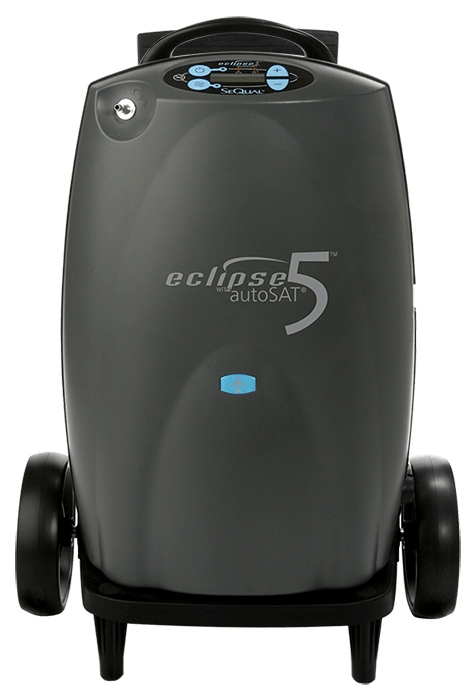
Hospice care at home is an invaluable service for individuals facing terminal illnesses, offering comfort, dignity, and quality of life in addition to assistance with activities of daily living in their final days. However, navigating the financial aspects of hospice care can be challenging for patients and their families. This article explains how to pay for hospice care at home, focusing primarily on Medicare’s hospice benefit while also exploring other financial options.
Medicare’s hospice benefit covers most hospice care costs
Medicare’s hospice benefit is a cornerstone of funding for those seeking hospice care. This benefit covers most costs associated with hospice care for eligible patients. To qualify, a patient must be enrolled in Medicare Part A and have a terminal illness with a prognosis of six months or less to live, as certified by a physician. The key here is that the focus shifts from curative treatment to palliative care, aimed at relieving symptoms and ensuring patient comfort rather than curing the illness.
Medicare’s benefit enables patients to remain in the comfort and familiarity of their own homes while receiving high-quality hospice care. The benefit covers various services and supplies that maximize quality of life for the patient while they live in their home. It’s important to note that the duration of coverage under Medicare is not fixed at six months. If the patient outlives this time frame, the hospice benefit can be extended if a doctor recertifies that they are still terminally ill.
What services does Medicare’s hospice benefit cover?
Medicare’s hospice benefit comprehensively covers services such as skilled nursing care, medical equipment, supplies, prescription drugs for symptom control or pain relief, physical and occupational therapy, aide and homemaker services, dietary counseling, grief counseling for the patient and family, and short-term inpatient care for pain and symptom management.
Does Medicare Advantage cover hospice care?
For those enrolled in Medicare Advantage (Medicare Part C) plans, it’s essential to understand how hospice care is managed. While Medicare Advantage (MA) plans generally offer the same benefits as original Medicare, there are nuances in how services are accessed and covered. Typically, when a Medicare Advantage enrollee elects to seek hospice care, they continue to receive their non-hospice coverage through their MA plan, but hospice services are covered under original Medicare. While the hospice care itself is covered under Medicare Part A, any additional health needs not related to the terminal illness may still be covered by the Medicare Advantage plan.
Services the Medicare hospice benefit does not cover
While Medicare’s hospice benefit is comprehensive, there are limitations. It does not cover room and board in a patient’s home or long-term care facility. Any hospice care you receive that isn’t provided by your chosen hospice team will not be covered. Also, treatments and drugs intended to cure the terminal illness rather than manage symptoms are outside the scope of this benefit. Understanding these limitations is crucial for patients and families to plan adequately for any additional care needs and associated costs.
Other options to pay for hospice care at home
While Medicare provides substantial assistance, some aspects of hospice care, especially those not covered under the Medicare hospice benefit, require alternative financing options. These options can help bridge the gap, ensuring comprehensive care for the patient at home.
Life insurance solutions
Life insurance policies can be an effective means of paying for hospice care at home. Options like viatical settlements allow a terminally ill person to sell their life insurance policy to a third party for a lump sum. This option can provide immediate funds to pay for hospice care. Similarly, accelerated death benefits enable policyholders to receive a portion of their death benefit in advance under certain conditions, including terminal illness. Some policies also include riders or features specifically designed to assist with end-of-life care costs. Understanding the terms and potential impact on beneficiaries is vital before pursuing these options.
Long-term care insurance
Long-term care insurance can complement Medicare’s coverage, especially for services that fall outside the hospice benefit. These policies typically cover a range of services, including in-home care, which can be critical for hospice patients. The specifics of what is covered can vary significantly from one policy to another, so it is essential to review your policy details or consult with an insurance expert to understand the coverage.
Aid and Attendance
In addition to Medicare and private insurance options, U.S. Veterans and their surviving spouses may be able to access the Aid and Attendance benefit provided by the Department of Veterans Affairs (VA). This benefit offers financial assistance to those who require in-home care due to the need for help with daily activities or being housebound. Eligibility depends on wartime service, financial need, and medical certification of the necessity for aid. Although the application process can be intricate, requiring detailed documentation, this benefit is invaluable for Veterans and their families, as it helps cover costs of in-home hospice care services, including those not covered under Medicare’s hospice benefit. Starting the application process early and seeking assistance from a VA-accredited representative is recommended to navigate this opportunity effectively.
Reverse mortgage
For homeowners, a reverse mortgage offers a way to convert part of the equity in their home into cash, which can then be used to pay for hospice care at home. This option is particularly relevant as it aligns with the desire of many patients to remain in their homes. However, it’s crucial to understand the implications, including the fact that the loan must be repaid, usually from the estate, after the homeowner’s death. This can have significant impacts on estate planning and should be considered carefully.
Medicaid and home hospice care
Medicaid can be another funding source for hospice care at home, especially for individuals who have exhausted their Medicare benefits or do not qualify for Medicare. Medicaid coverage for hospice care can vary by state but typically includes services similar to those covered by Medicare. It’s important to note that Medicaid may pursue estate recovery for some costs after the patient’s death, which can affect the patient’s estate and heirs. Consulting with a Medicaid planner or attorney can provide clarity on these issues.
[Learn about Medicare vs. Medicaid here]
Navigating the financial aspects of paying for hospice care at home can be complex, but understanding the available options is crucial. Medicare’s hospice benefit covers a wide range of services, but for those it doesn’t cover, or when additional resources are needed, options such as life insurance settlements, long-term care insurance, reverse mortgages, and Medicaid can provide extra support. Patients and their families should discuss these options with health care professionals, financial advisers, and insurance experts to make informed decisions that align with their care needs and financial circumstances. Ultimately, the goal is to ensure that patients receive the compassionate care they need in the comfort of their own homes without the added stress of financial burden.








